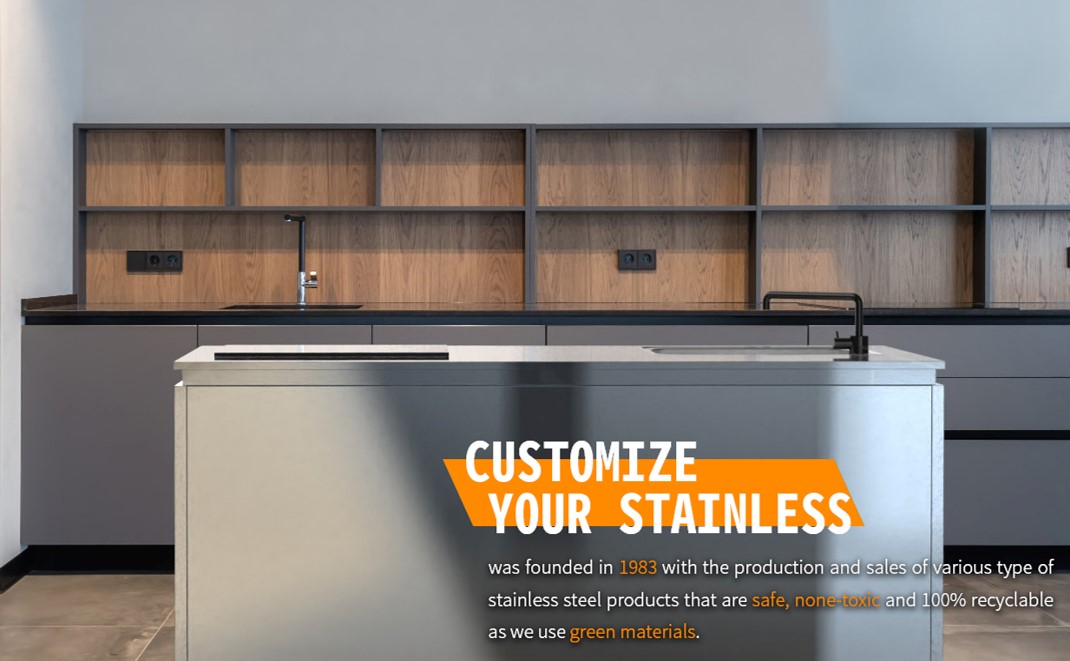
【Product Features】
1. With excellent corrosion resistance in dry air, the chromium oxide film (protective film) on the surface of our stainless steel can effectively prevent oxygen atoms in the air from reacting directly with the metallic iron in the stainless steel and avoid rust. The degree of anti-rust and anti-corrosion effects may vary with different types of stainless steel.
2. If the protective film is damaged, stainless steel may rust. The protective film may get damaged due to mechanical damage (such as scratches), chemical corrosion (strong acid/alkali/salt), and electrochemical corrosion (the surface contains dust or metal particles which allow an electrochemical reaction caused by humid air to occur).
【Precautions】
1. After diluting neutral dishwashing liquid, please use a clean scouring pad or sponge to lightly brush along the grain of the stainless steel, wash with clean water, and then wipe with a dry cloth.
2. Avoid mechanical damage (scratches): Do not use stainless steel as a chopping board; do not use steel wool, polishing powder, or other abrasive material to scrub the surface.
3. Since a salt solution can easily cause damage to the protective film, avoid contact with stainless steel for more than two hours: Place it in an area with a high humidity and high salt; soak it in bittern or lime, or mix it with pickles, mayonnaise, mustard or other foods with a high salt content (if you have such requirements, please choose a special welding process or stainless steel product made from special material. If the stainless steel comes into contact with salt, wash with plenty of water as soon as possible.
4. Do not use acid-base cleaners (such as hydrochloric acid, sulfuric acid, or alkaline water for wall decoration) or corrosive volatile solvents (such as chlorine bleach/mineral lubricants/paint thinner/gasoline).
5. Do not mix or pour chemicals in a stainless steel sink. If you accidentally pour chemicals into the sink, rinse immediately with plenty of water. Do not place corrosive or volatile chemical cleaners under the sink.
6. Avoid placing in highly polluted environments (such as acid rain, dust, etc.).